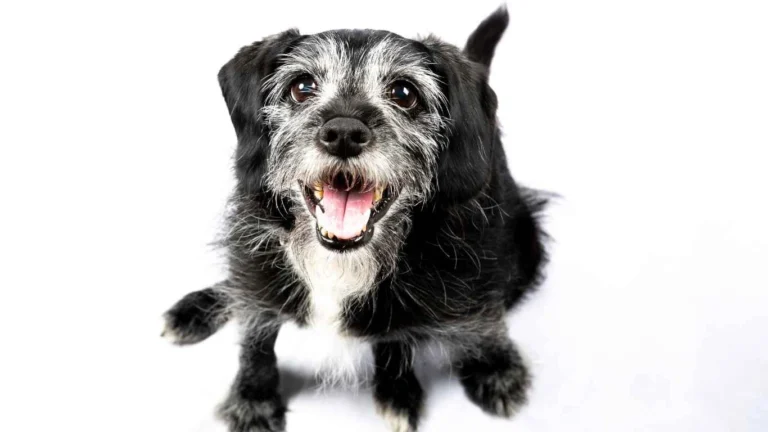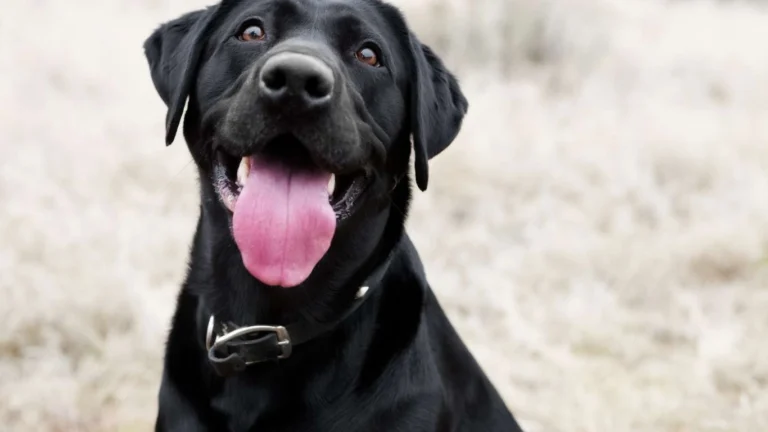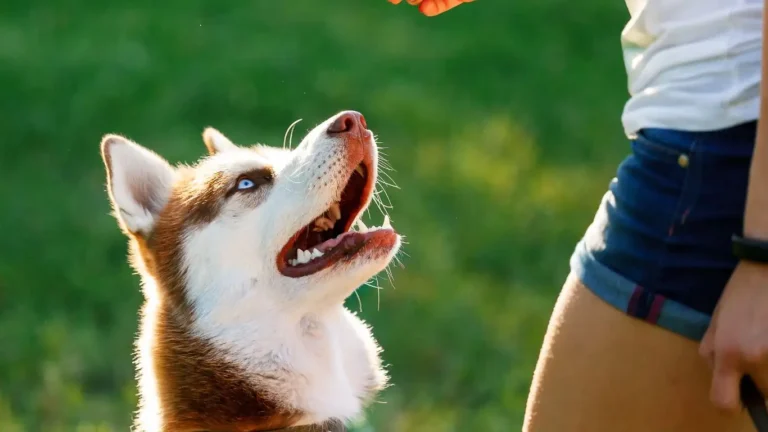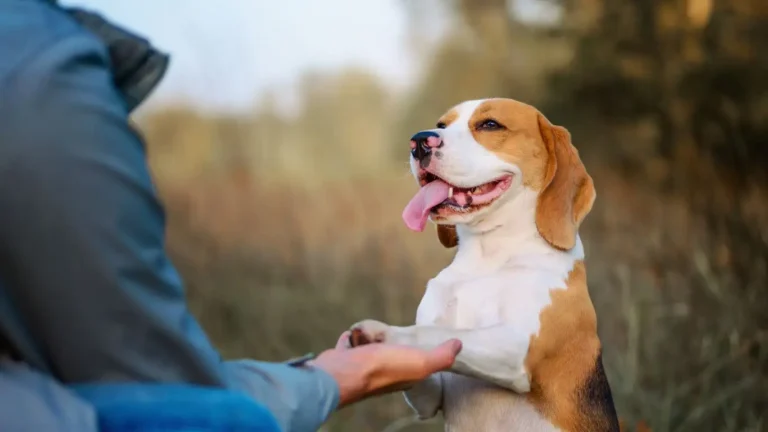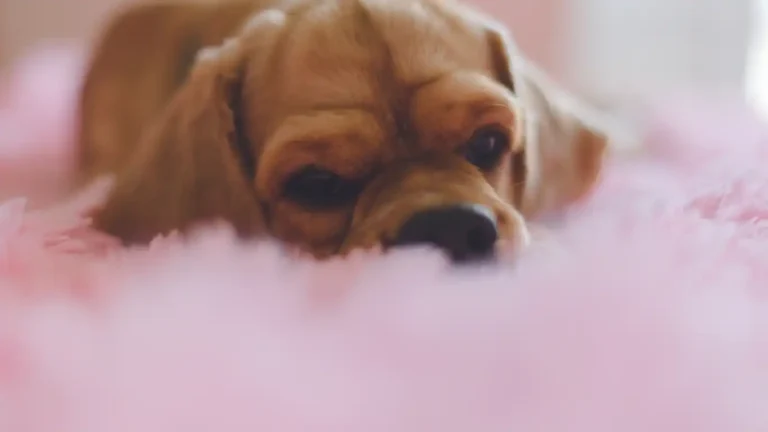Effortless Grooming: How to Train a Dog to Stay Still Without Stress
Grooming can be a stressful experience for many dogs, but it doesn’t have to be! As a Certified Professional Dog Trainer (CPDT-KA), I’ve helped countless pet parents teach their dogs to stay still for grooming—without frustration or fear. If you’re wondering how to train a dog to stay still for grooming, you’re in the right place! Let’s dive into the techniques that make the process smoother for both you and your pup.
Why Some Dogs Struggle With Staying Still
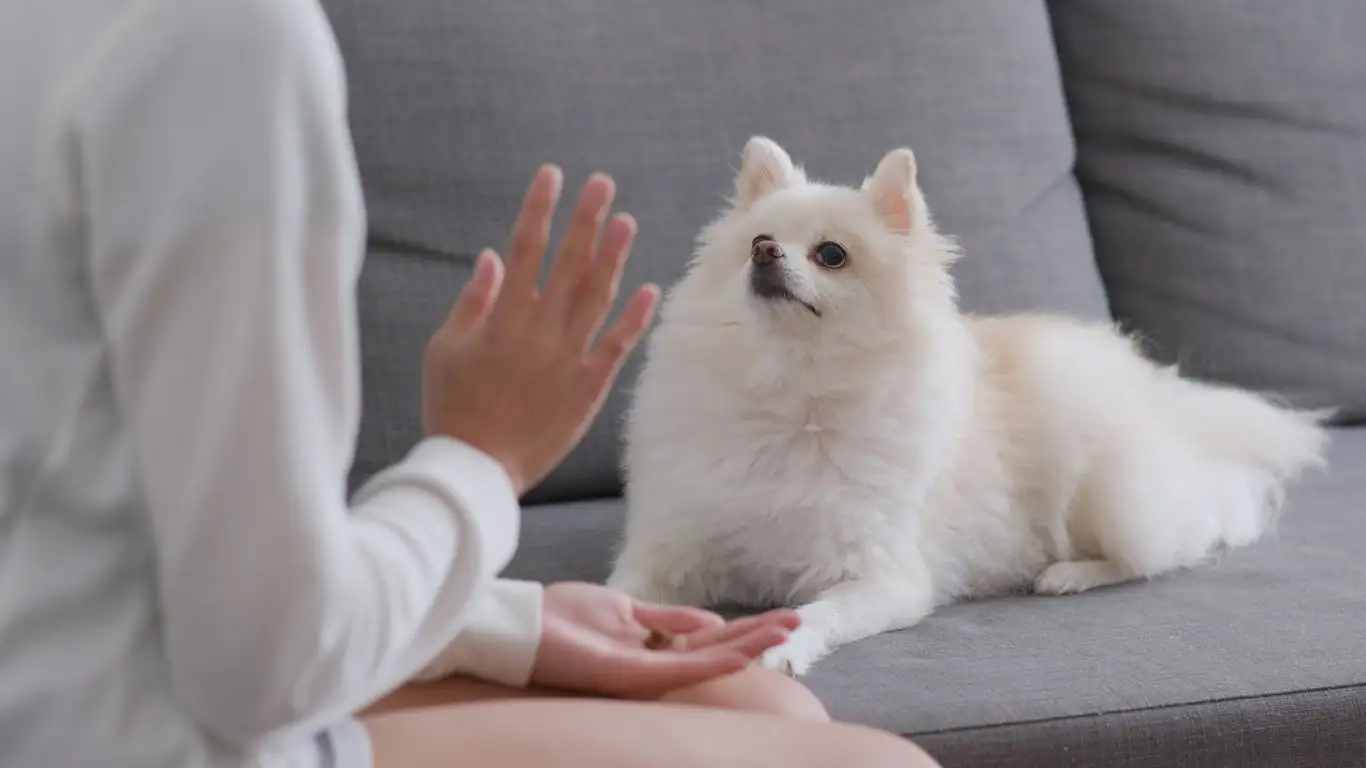
First things first—let’s talk about why some dogs find grooming sessions challenging. If your pup squirms, resists, or even tries to escape, it’s not because they’re being “bad” or “stubborn.” There are a few common reasons:
- Fear or Anxiety: If your dog had a bad grooming experience in the past, they may associate it with stress.
- Lack of Training: Dogs aren’t naturally wired to stay still for long periods. It’s a learned skill!
- Excess Energy: High-energy breeds or young puppies may struggle with impulse control.
- Discomfort: If the tools, water temperature, or handling feel uncomfortable, your dog might resist.
Understanding the root cause helps us approach training with patience and empathy.
Setting the Stage for Success
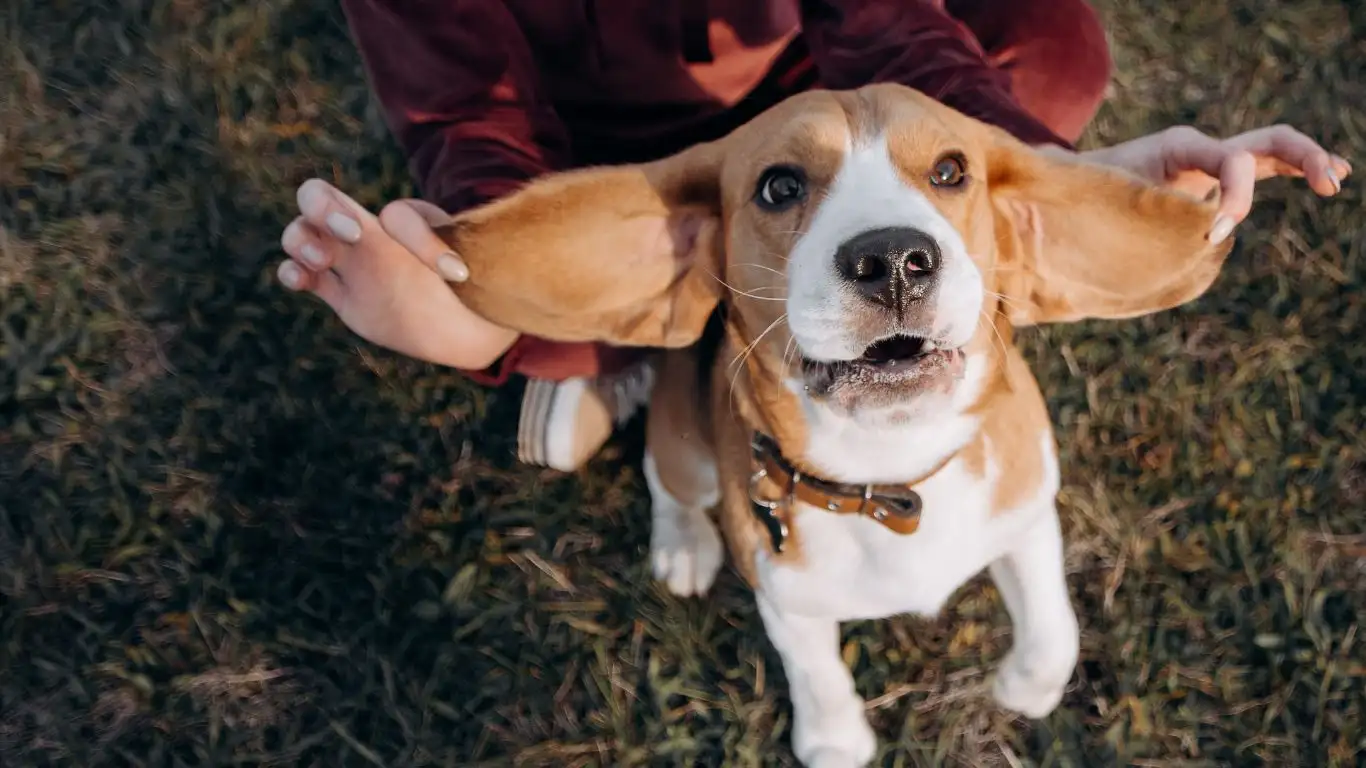
Start With Short, Positive Sessions
One of the biggest mistakes I see dog owners make is expecting their pup to tolerate a full grooming session from day one. Instead, introduce it gradually:
- Begin with just a few seconds of brushing or handling.
- Reward your dog with treats and praise for staying calm.
- Slowly extend the duration over time.
Think of it like training for a marathon—your dog needs time to build tolerance!
Get Your Dog Used to the Tools
Clippers, brushes, and even the sound of scissors can be intimidating for some dogs. To desensitize your pup:
- Let them sniff and investigate the tools before using them.
- Turn on clippers away from your dog and reward them for staying calm.
- Gently touch them with the tools without actually using them at first.
When I work with anxious dogs, I start by simply touching their fur with the back of a brush, rewarding them for not reacting. Small steps build confidence!
Teaching Your Dog to Stay Still on Command
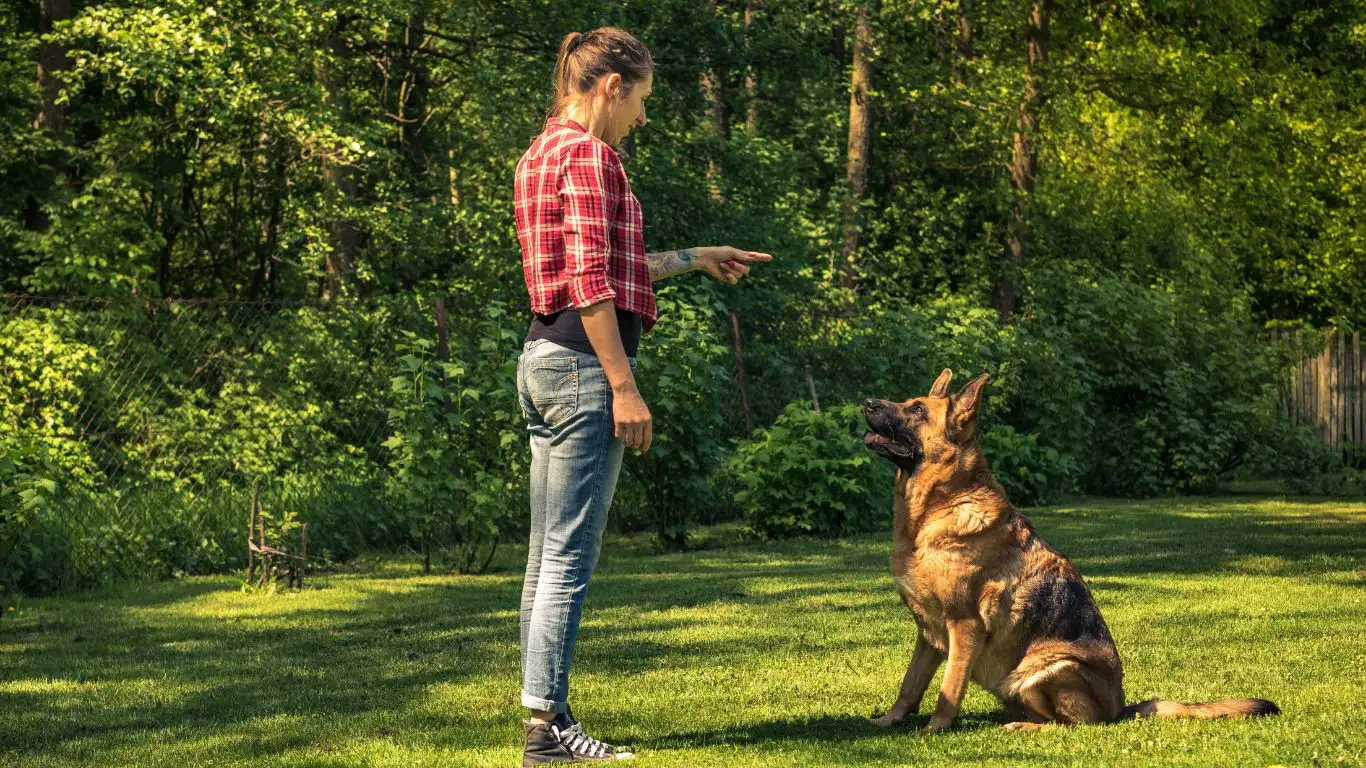
The Power of “Stay” and “Settle”
Teaching a solid “stay” command is a game-changer for grooming. Here’s a simple way to train it:
- Ask your dog to sit or lie down.
- Say “stay” while holding a treat in front of them.
- If they remain still for a few seconds, reward them.
- Gradually increase the duration before giving the treat.
For wiggly dogs, I also love using a “settle” cue. This means teaching your dog to relax on cue rather than just freezing in place. It’s especially helpful for grooming longer-haired breeds!
Making Grooming a Positive Experience
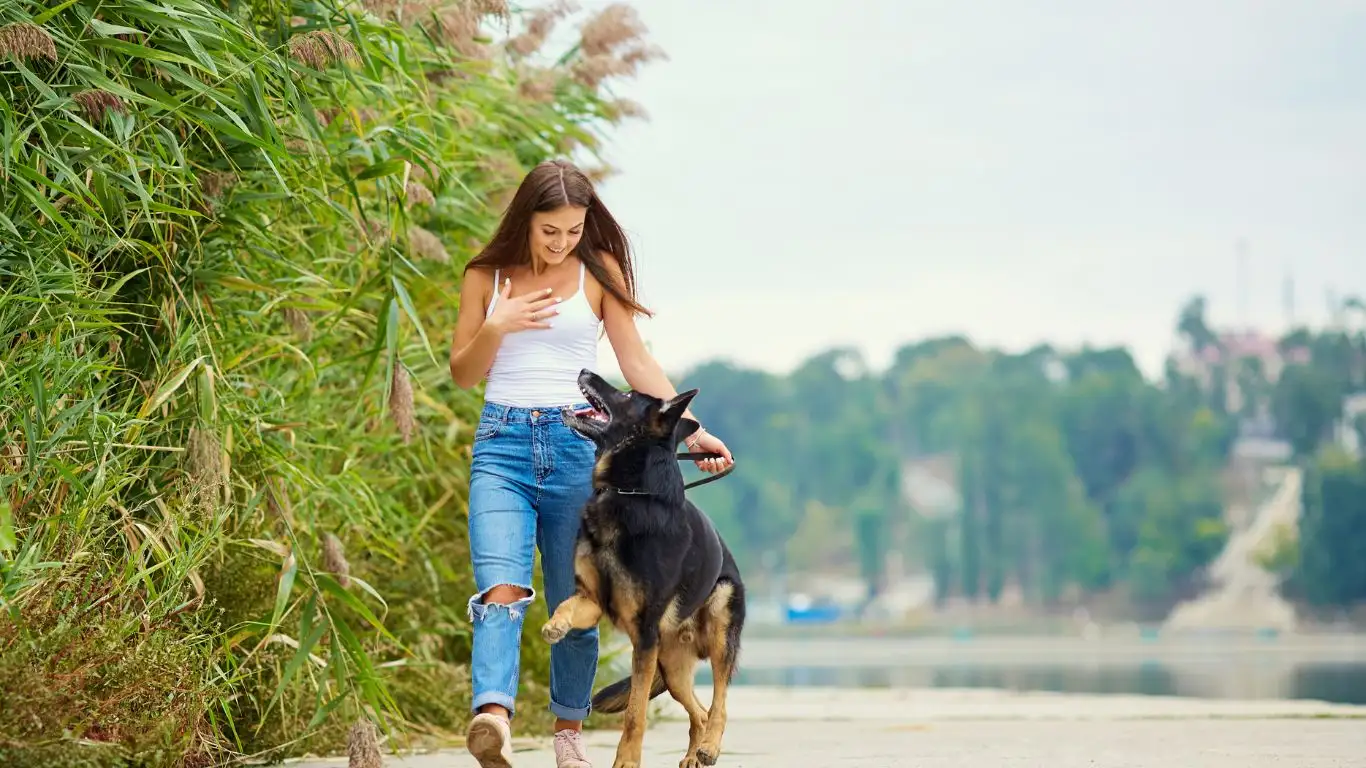
One of the biggest game-changers in training a dog to stay still for grooming is turning it into a positive experience. If your dog thinks grooming time means endless brushing, loud clippers, and feeling restrained, of course they’ll resist! But if we flip the script and make it something they actually look forward to, everything gets easier.
Use High-Value Rewards
Some dogs will sit pretty for kibble, while others need something extra special—think chicken, cheese, or peanut butter (as long as it’s xylitol-free). When I’m working with a particularly fidgety pup, I bring out my secret weapon: a frozen lick mat smeared with peanut butter. It keeps them busy while I work on brushing or trimming nails!
- For wiggly dogs, use a lick mat to keep them occupied.
- Give tiny but frequent treats while they stay calm.
- Use verbal praise to reinforce good behavior: “Good stay!”
Incorporate Short Breaks
Imagine having to sit still for a haircut without moving for an hour. Sounds rough, right? The same goes for dogs! Instead of expecting them to tolerate a full grooming session all at once, try breaking it into short, manageable segments.
- Start with just 30 seconds of brushing, then take a break.
- Let your dog shake off stress or stretch their legs.
- Slowly increase the duration over multiple sessions.
I’ve found that dogs learn faster when we respect their limits rather than forcing them through long, stressful sessions.
Desensitizing Sensitive Areas
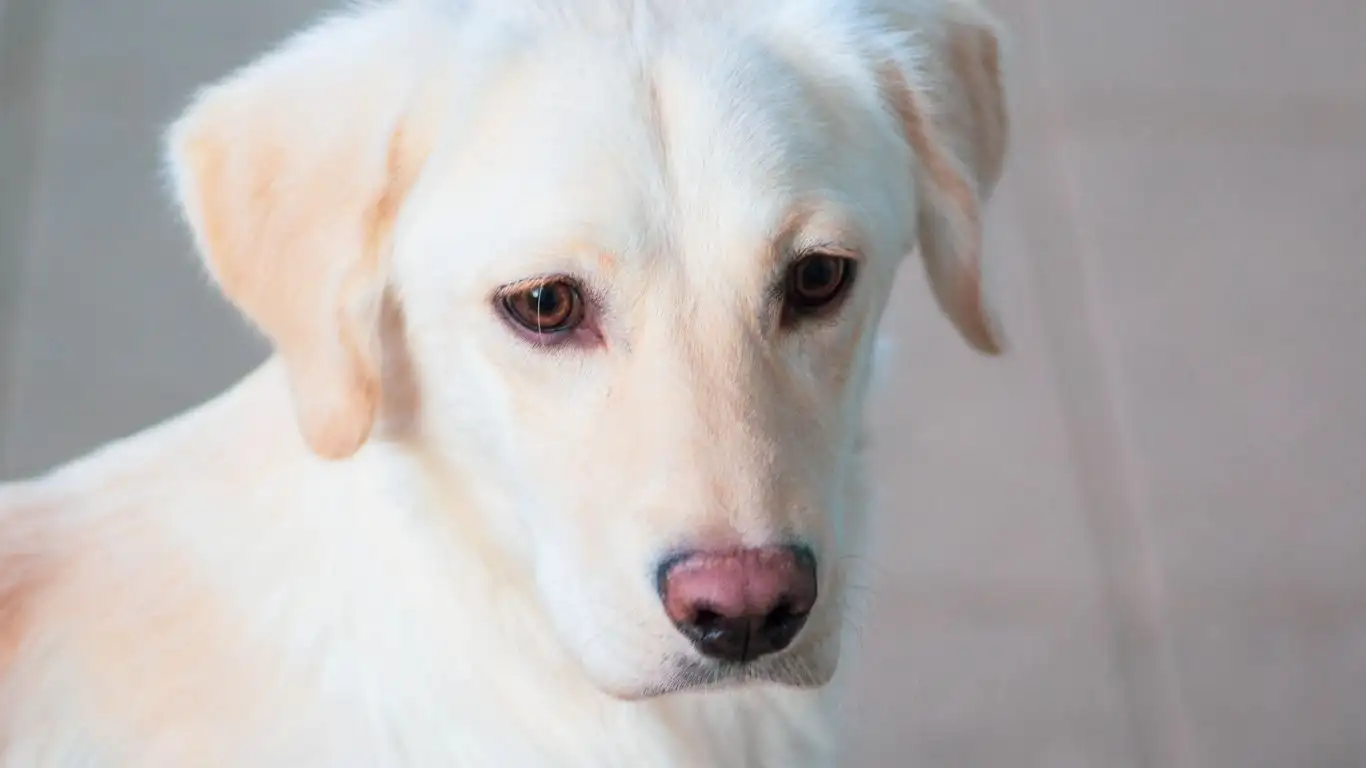
Some dogs are totally fine with brushing but freak out the moment you touch their paws, ears, or tail. If that sounds like your pup, don’t worry—you’re not alone! Sensitive areas need extra patience and a little counter-conditioning.
Step-by-Step Handling Exercises
Before introducing actual grooming tools, get your dog comfortable with gentle handling. Here’s my go-to method:
- Start by touching the sensitive area (like a paw) for just a second.
- Immediately reward with a treat.
- Gradually increase the time you hold or manipulate the area.
- Once they’re comfortable, introduce the grooming tool slowly.
For dogs who hate nail trims, I’ve had great success simply tapping their paw with the nail clippers (without actually trimming) and rewarding calm behavior. Over time, they stop reacting negatively.
Pairing Tools With Positive Associations
If your dog runs at the sight of the brush, you’ll need to reframe how they see it. Here’s a trick:
- Hold the brush in one hand and a treat in the other.
- Let them sniff or investigate the brush—reward calm interest.
- Brush for one second, then immediately treat.
- Slowly increase the number of strokes over time.
It sounds simple, but it works! I once trained a nervous rescue dog this way, and within a few weeks, he loved being brushed.
Grooming Tools That Make Training Easier
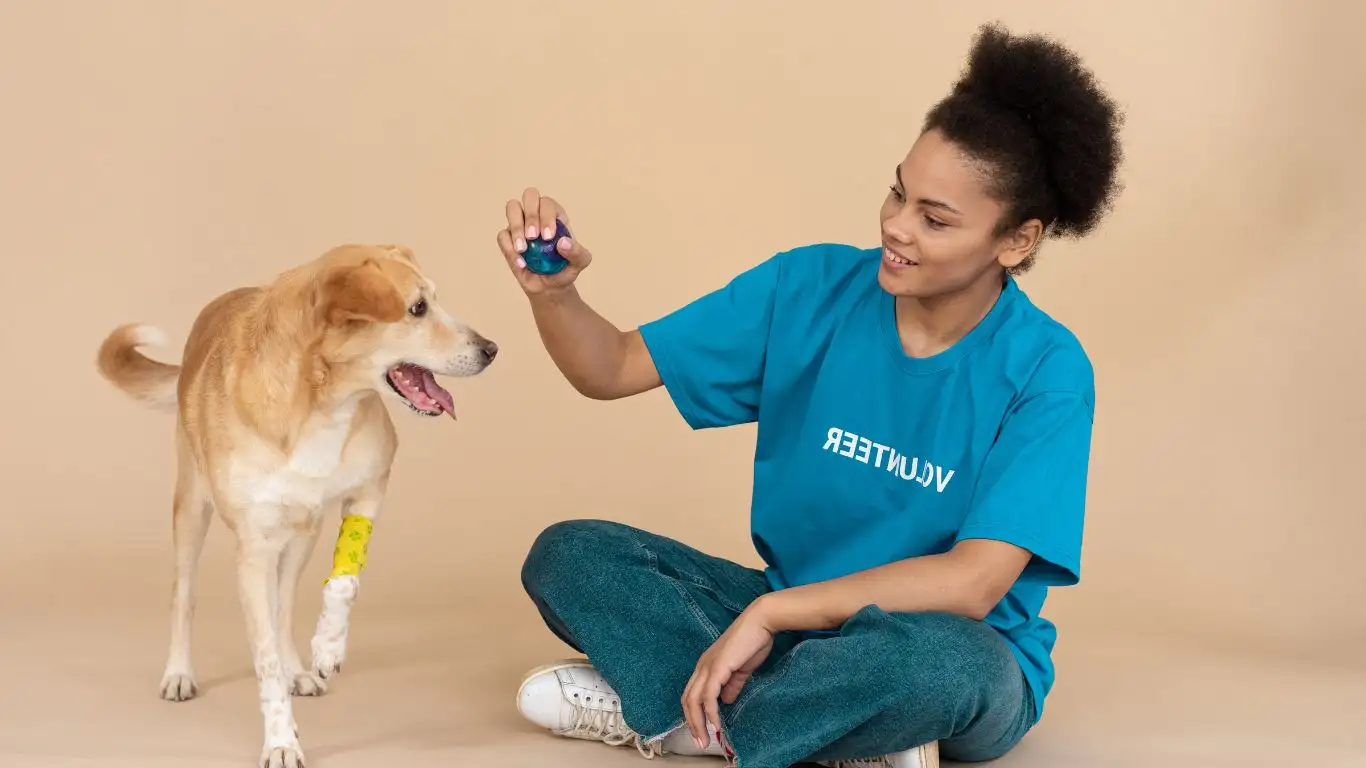
Not all grooming tools are created equal. If your dog dislikes grooming, the problem might be the tools themselves. Choosing the right ones can make a world of difference!
Brushes and Combs
- Slicker brushes: Great for long-haired breeds but can be sharp—use gentle pressure.
- Bristle brushes: Ideal for short-haired dogs, providing a soothing feel.
- Deshedding tools: Perfect for reducing shedding but can be harsh if used too aggressively.
Clippers and Scissors
If your dog hates loud noises, opt for low-noise clippers. Some are specially designed to run more quietly, reducing stress. And for touch-ups around the face or paws, blunt-tip grooming scissors are a safer choice.
Nail Trimmers
- Guillotine-style clippers: Work well for small to medium dogs.
- Scissor-style trimmers: Offer more control, especially for larger dogs.
- Electric nail grinders: A great alternative if your dog dislikes clippers.
Finding the right tools tailored to your dog’s needs can completely change how they feel about grooming.
Case Studies & Real-Life Examples
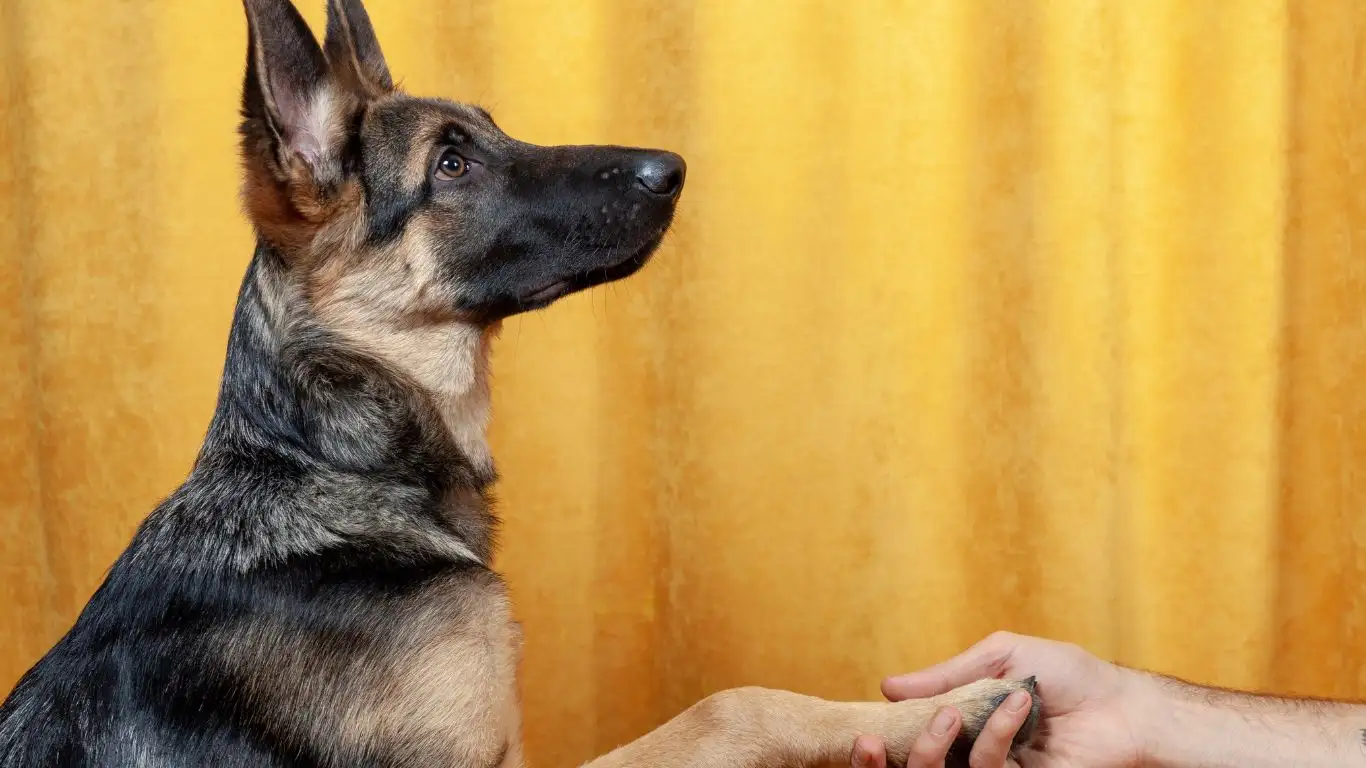
Every dog is different, which means training methods need to be flexible. Here are a couple of real-life cases from my experience as a Certified Professional Dog Trainer (CPDT-KA) that highlight different approaches to grooming training.
Case 1: Bella, the Fearful Rescue
Bella, a 3-year-old Border Collie mix, had a traumatic past. Every time her owner tried to brush her, she would flinch, hide, or even growl. The key to helping Bella was slow desensitization:
- We started with touch training, rewarding her for allowing light touches on her back.
- We introduced the brush by placing it near her during treat time—no touching yet!
- Over several weeks, we moved to one-second brushes, gradually increasing the duration.
Now? Bella wags her tail when she sees the brush because she knows it means treats and bonding time!
Case 2: Max, the Hyperactive Pup
Max, a 9-month-old Golden Retriever, was a wiggly, energetic goofball who turned grooming sessions into a wrestling match. The trick with Max was channeling his energy before grooming:
- We implemented pre-grooming exercise—a 15-minute walk or a game of fetch.
- During grooming, we used a lick mat with peanut butter to keep him occupied.
- We rewarded tiny moments of stillness rather than expecting perfection right away.
By working with his natural energy rather than against it, grooming became much smoother!
Key Takeaways: What You Need to Remember
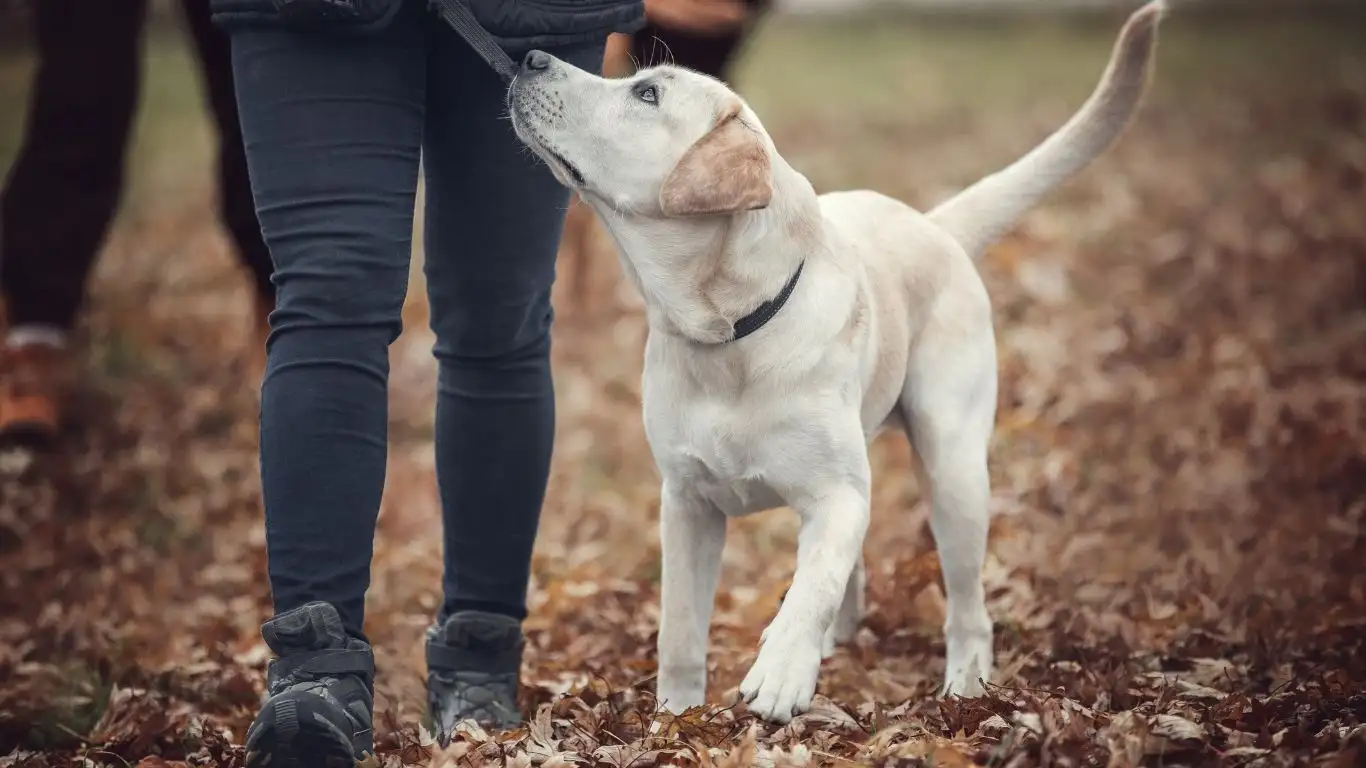
If you take away just a few things from this guide, let them be these:
- Start slow: Gradual desensitization is key, especially for nervous dogs.
- Make it positive: Use high-value treats, verbal praise, and short sessions.
- Choose the right tools: Some brushes, clippers, and grinders are gentler than others.
- Exercise before grooming: A tired dog is more likely to stay still.
- Practice regularly: Short, frequent sessions work better than occasional long ones.
FAQs
What if my dog hates having their paws touched?
This is super common! Try daily handling exercises. Gently touch their paws for just a second, then reward. Over time, increase the duration before introducing nail clippers.
Can I train an older dog to stay still for grooming?
Absolutely! Older dogs can learn new tricks, too. It might take a little longer, but with patience and rewards, even senior pups can build positive grooming habits.
How often should I groom my dog?
It depends on the breed! Long-haired dogs often need brushing daily, while short-haired breeds might only need grooming once a week. Regular maintenance helps prevent matting and skin issues.
Bonus: Additional Resources or DIY Tips
Looking for more ways to make grooming stress-free? Here are some helpful ideas:
- DIY calming sprays: A mix of diluted lavender essential oil can help relax anxious dogs (just make sure it’s pet-safe!).
- Use a grooming table: Raising your dog off the floor can make them feel more secure.
- Try a non-slip mat: If your dog struggles in the bathtub, a rubber mat can provide better footing.
Appendix: References, Disclaimer, and Call to Action
For more information, check out these helpful resources:
- American Kennel Club (AKC) – Breed-specific grooming guides.
- ASPCA – Tips on humane training methods.
- Fear Free Pets – Reducing stress in vet and grooming visits.
Disclaimer: Always consult with a professional groomer or veterinarian if your dog has extreme anxiety or medical concerns related to grooming.
Ready to transform grooming time into a stress-free experience? Start small, be patient, and celebrate your pup’s progress. You’ve got this!
